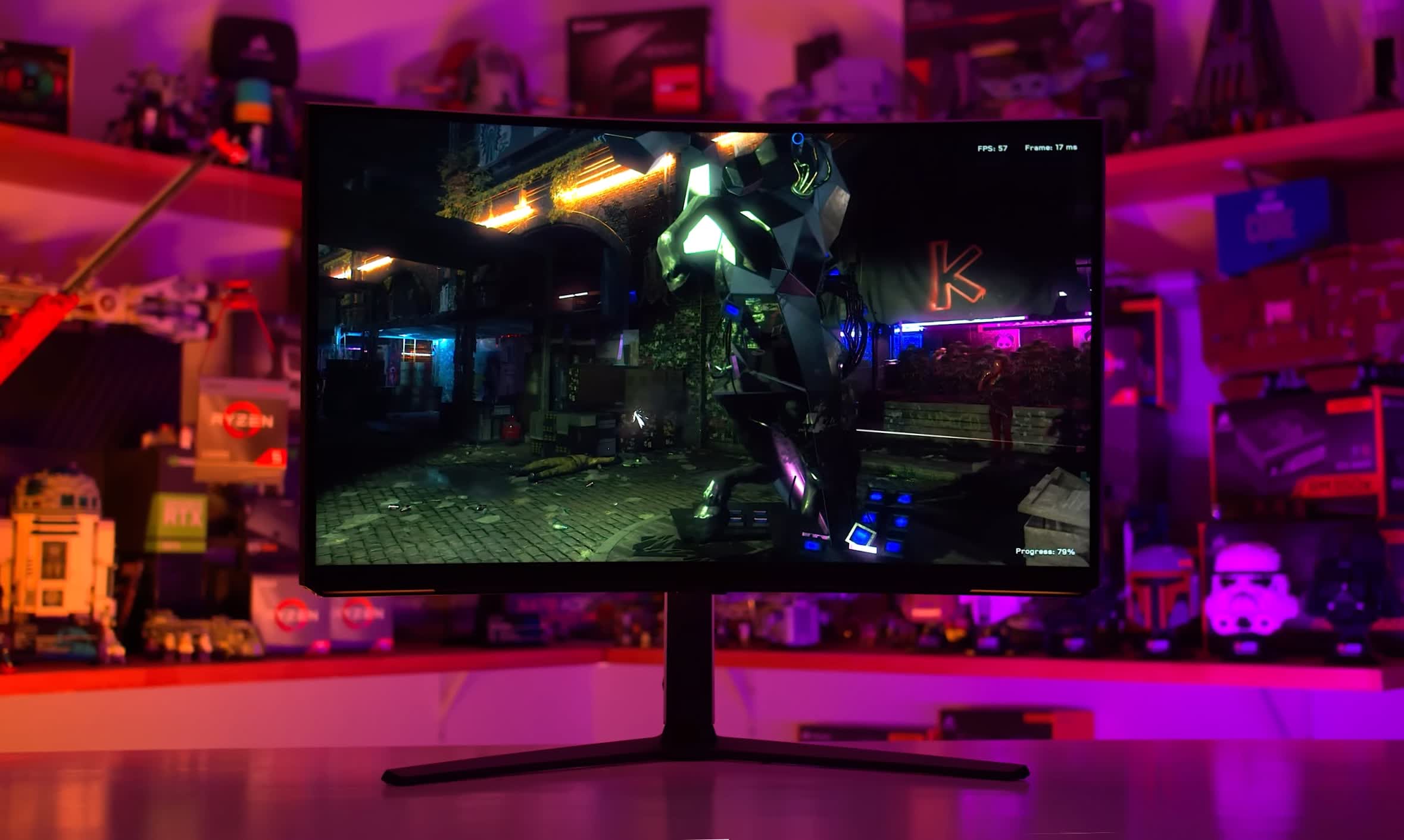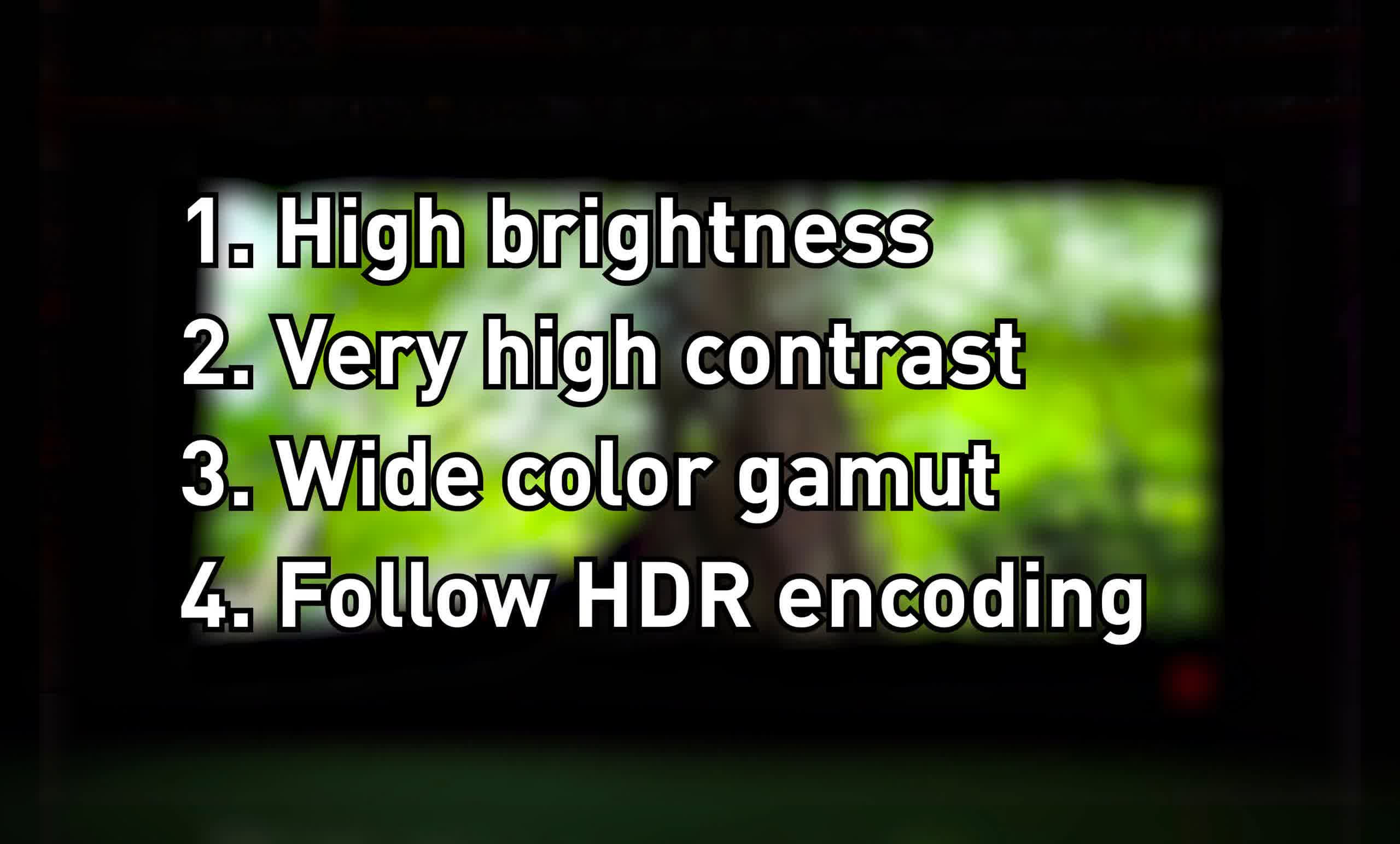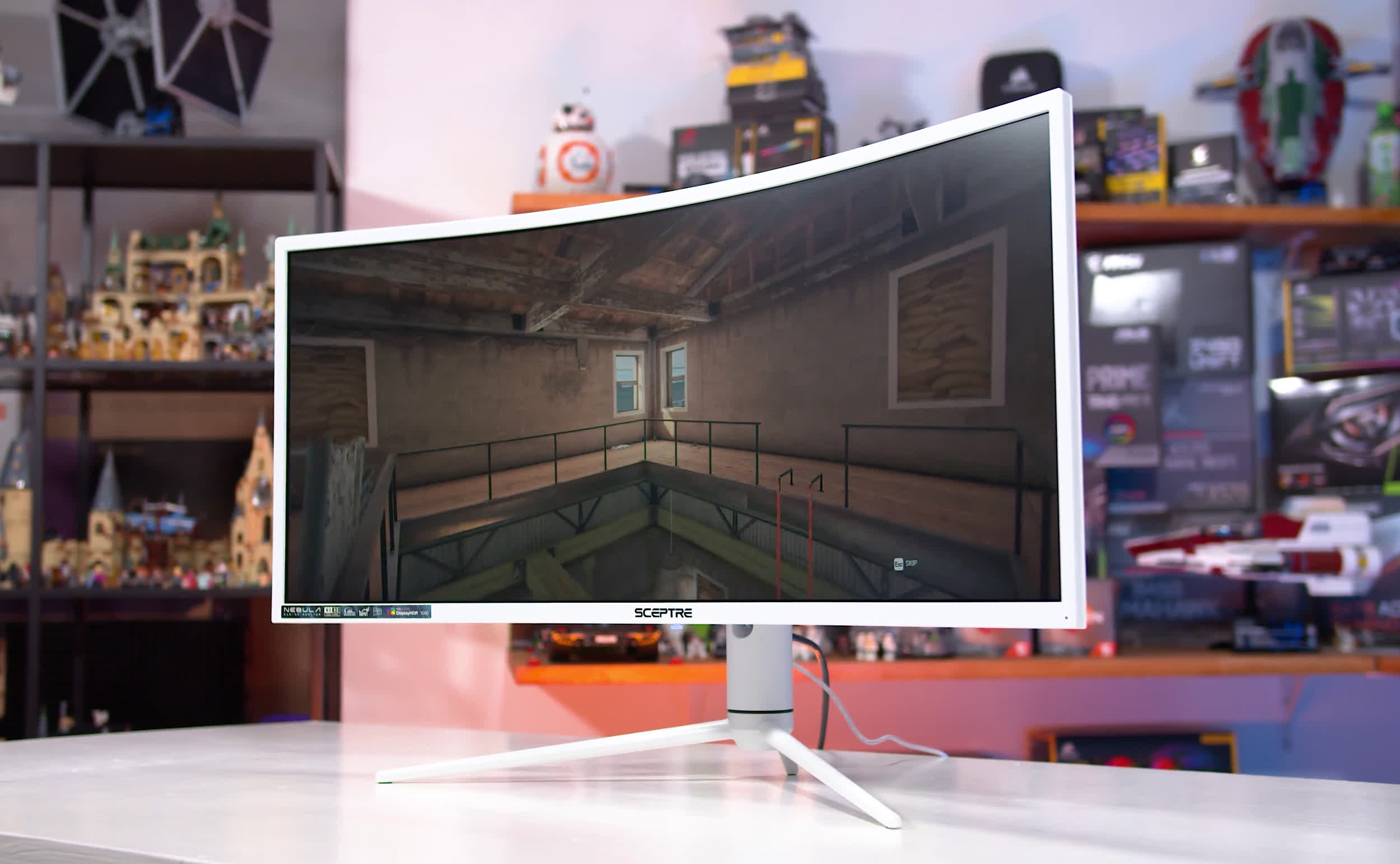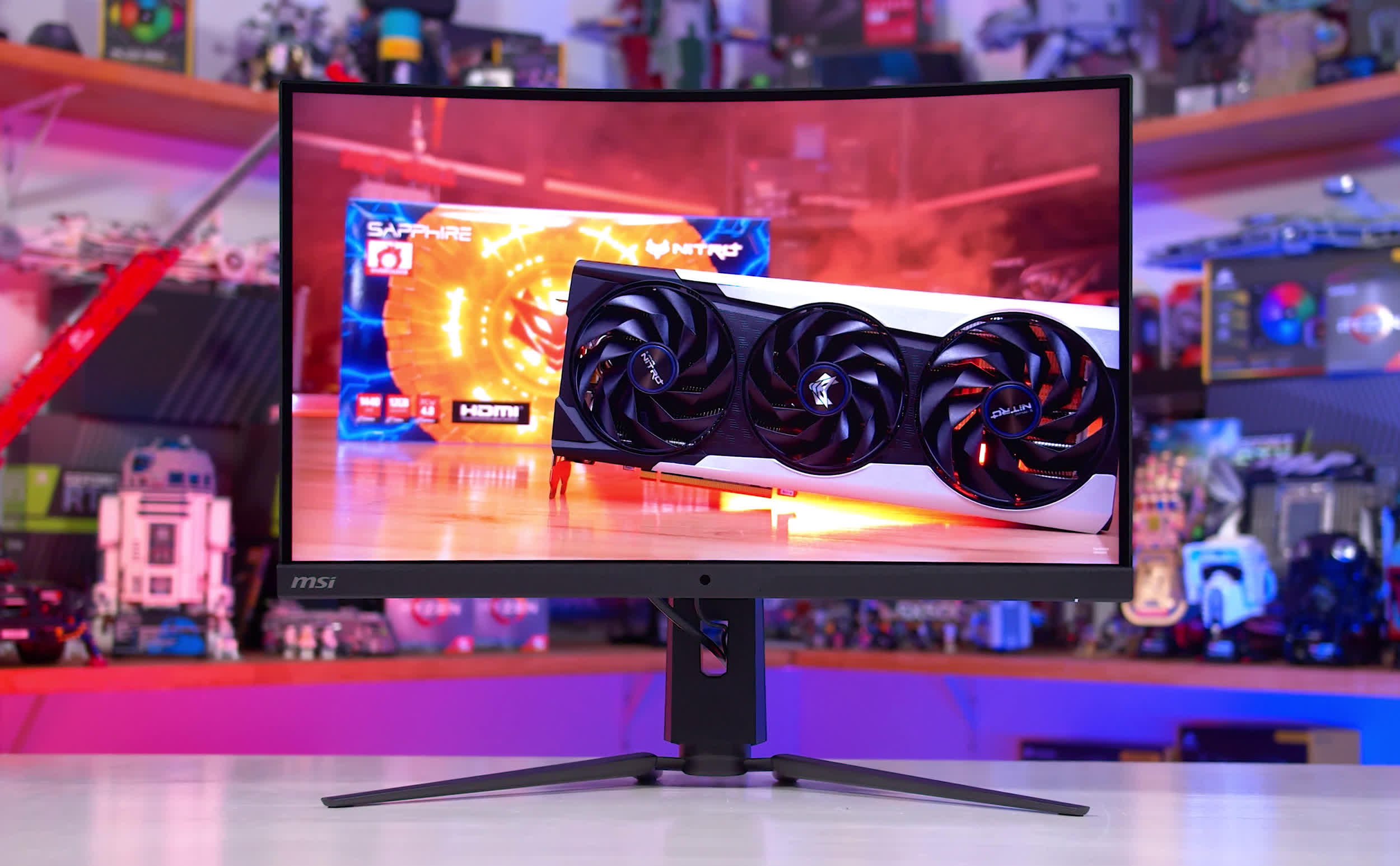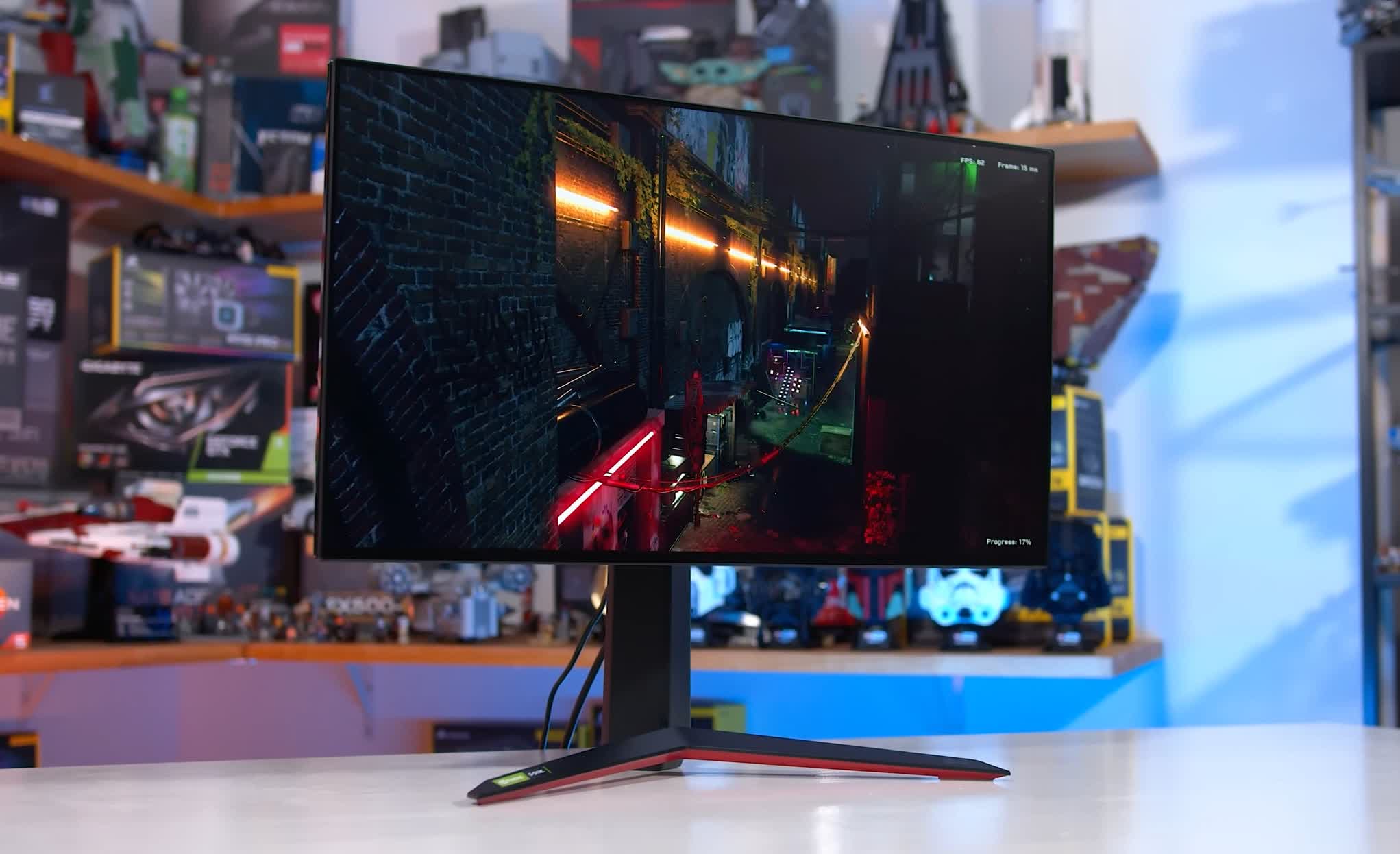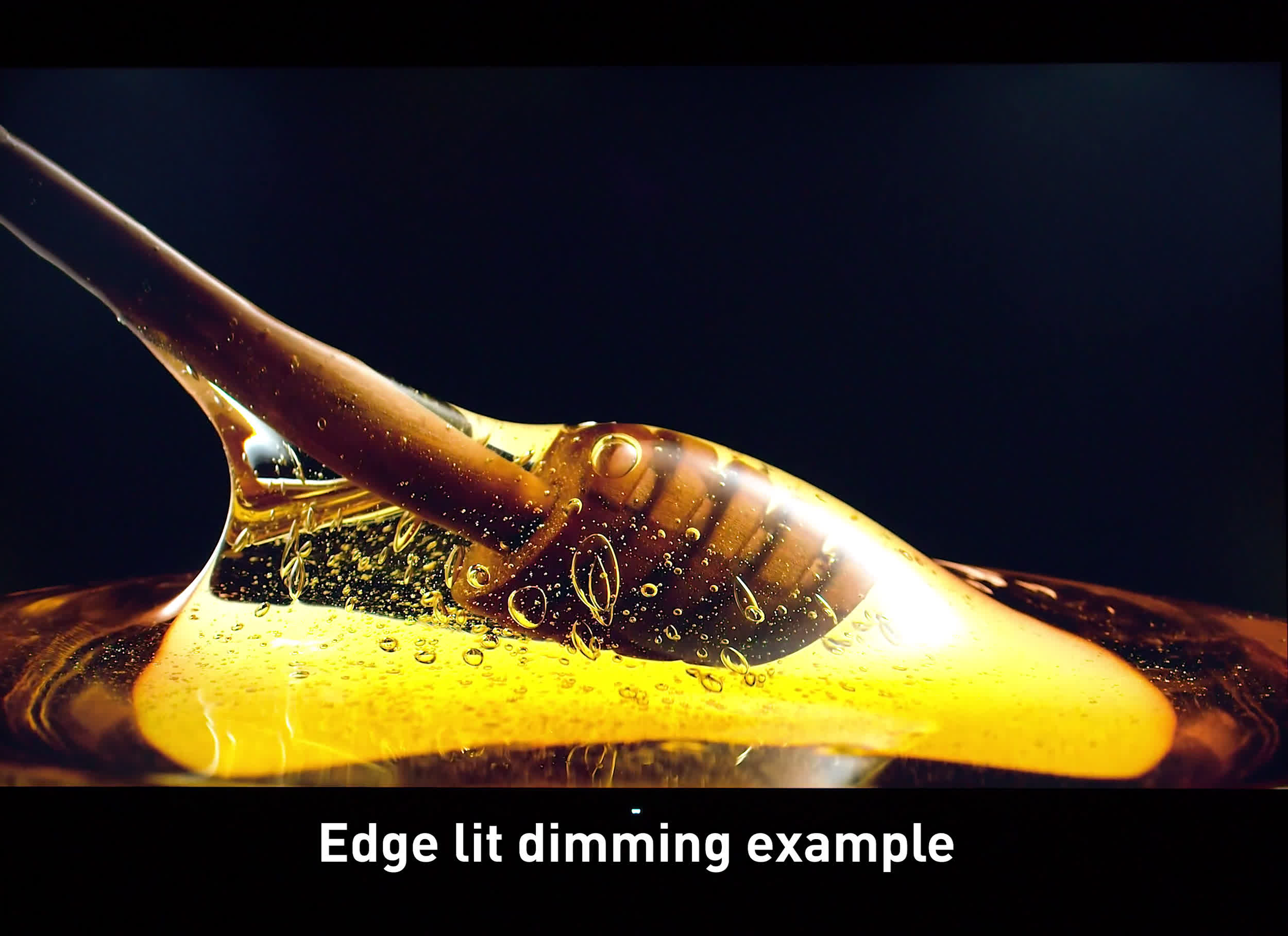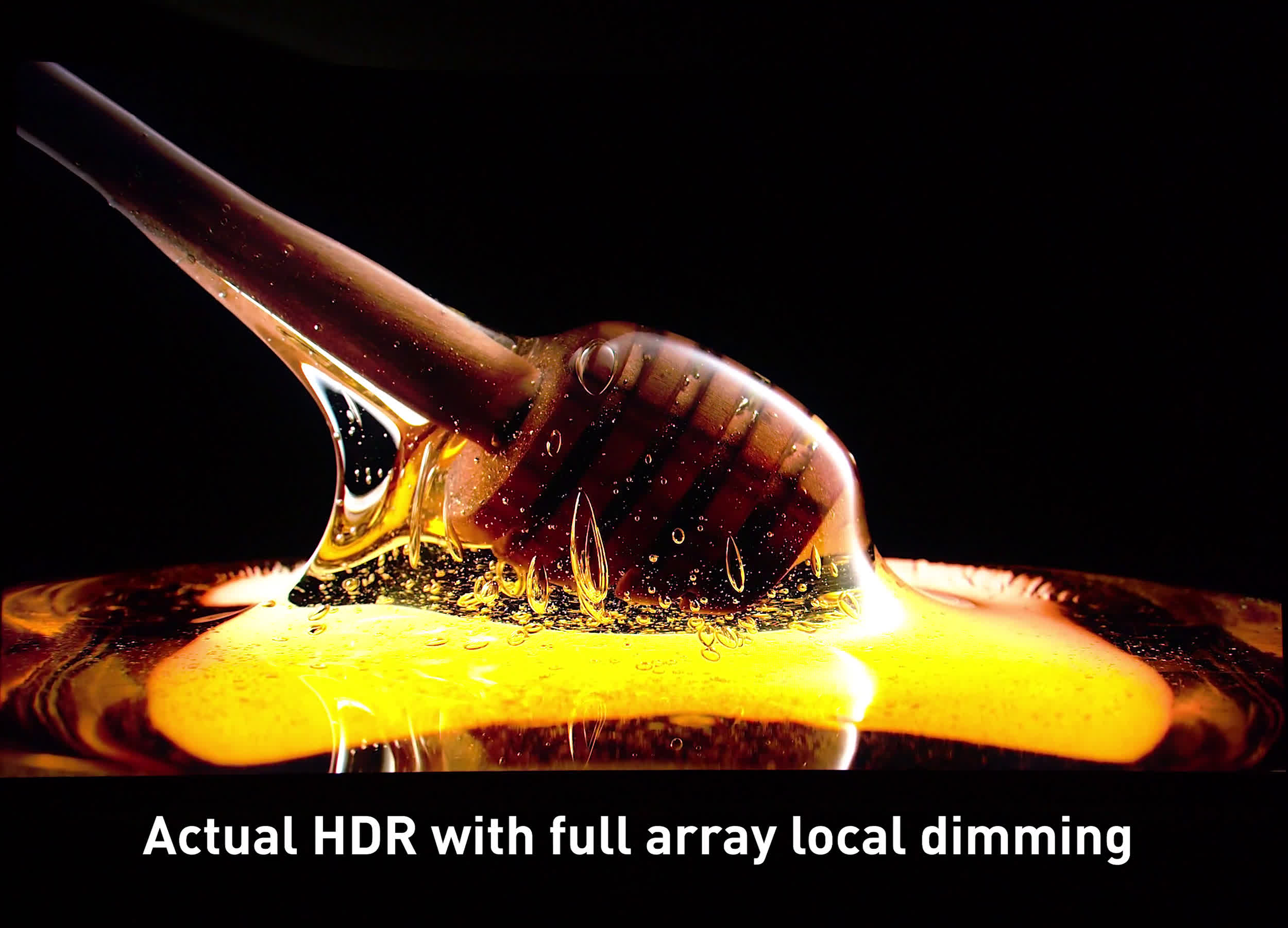Why it matters: One of the most annoying aspects of the HDR ecosystem, especially for computer monitors, is the amount of products that claim to be "HDR capable" yet don't have the hardware to support HDR properly. We think it's really important to arm you all with the knowledge on how to identify a fake HDR product and why these products are bad and not worth spending money on.
For HDR to provide a genuine image quality improvement over SDR, the hardware needs to be capable of displaying the majority of the HDR signal's huge range - it's a high dynamic range image after all. This means it needs to support a high level of brightness: HDR images are brighter than SDR, often reaching over 1000 nits. It needs to support very high contrast, so that high brightness elements can be displayed alongside deep, rich shadow detail on screen simultaneously. This is crucial, as it gives HDR imagery most of its richness and pop. It needs to support a wide color gamut, allowing for a greater range of colors to be displayed. And it needs to follow HDR encoding systems, like the use of the PQ gamma curve and minimum 10-bit processing.
True HDR monitors will target all four areas and deliver a significant improvement over SDR displays.
But often we see fake HDR monitors, which try and fool buyers into thinking they're getting an HDR experience, when only a few (or sometimes none) of the key areas are accounted for. Monitor manufacturers are so lazy and deceptive that sometimes HDR support only extends as far as supporting HDR10 signal inputs and an adjustment to gamma, without any of the extended brightness, contrast, or color gamut that is required to show that signal properly.
This has been exacerbated by standards bodies that are doing a bad job of highlighting to consumers which monitors actually support good quality HDR. One of these standards is DisplayHDR, which is so poorly designed that monitors we would class as "fake HDR" can easily be certified in the lowest, DisplayHDR 400 tier. This only serves to benefit display makers who can market their products as "HDR certified," with the backing of a third party, but not consumers who want to find the best HDR products.
How can you tell if a monitor is fake HDR or not?
Our advice is simple: based on what is currently available, you should assume that an HDR monitor is fake, trash tier HDR unless proven otherwise. The vast majority of displays advertising HDR support these days, we would say in excess of 90%, are awful HDR products that you absolutely should not buy for their HDR capabilities.
The DisplayHDR certification system is not trustworthy enough to give you real insights into HDR performance, as we've seen products rated as high as DisplayHDR 1000 that we wouldn't class as true HDR.
You should especially ignore DisplayHDR 400 products. We don't think we've ever seen a good one for HDR content consumption, but ignoring DisplayHDR entirely is a good idea, too.
You should especially ignore DisplayHDR 400 products
Beyond this, we'd strongly recommend reading reviews to learn whether a product is a real HDR monitor or not. But if there are no reviews, there are a few things to look out for.
Most OLED displays will be capable of true HDR performance, so OLED is usually a good sign. Also look out for full array local dimming LCDs, often advertised with mini-LED backlights – but make sure you check the zone count. If the zone count isn't advertised, you should be suspicious of that display's performance. If it is advertised, a number in excess of 500 zones is usually pretty good, with around 100 zones at the bare minimum. Also, look out for brightness specifications, you'll want to see peak brightness in the 600+ nit range.
Merely advertising "dimming" or "local dimming" isn't enough though. You'll want to specifically see terms like "full array" or a high zone count in the spec sheet. This is because some monitor makers like to include edge lit dimming, which can provide "local dimming," but usually with only a handful of massive zones.
Edge lit dimming is not sufficient for a good or true HDR experience as it doesn't allow for acceptable levels of local contrast, and frankly looks bad compared to real HDR. We wouldn't want you to buy an edge lit dimmed HDR panel and be disappointed, so this is our warning.
Luckily, there are some true HDR products that we believe are worth buying. See our full guide for the best HDR gaming monitors.
